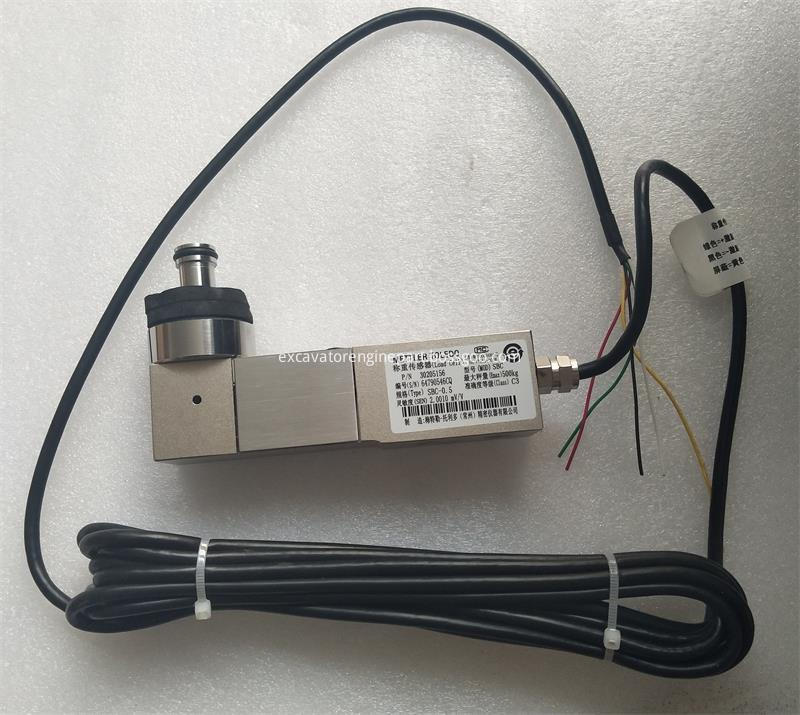Driven by the sales volume of new energy vehicles, lithium battery materials are the key raw materials for new energy vehicle power batteries, and the market demand is growing. Major enterprises are accelerating the capture of Qinghai lithium mine resources and occupying the commanding heights. On the other hand, the development of lithium resources is also accelerating the destruction of the environment. How to balance the relationship between the environment and the economy in the face of strong market demand?
Qinghai Province has proven reserves of lithium reserves of 22.48 million tons, accounting for more than 80% of the country's reserves and more than 33% of global reserves. In recent years, Qinghai has taken advantage of the advantages of resources to build a complete industrial chain focusing on the development of salt lake lithium resources, battery positive and negative materials, energy storage batteries and power batteries. According to the "Qinghai 100 billion lithium battery industry development plan", by 2020, the Qinghai lithium battery industry investment is expected to reach 70 billion yuan, with an output value of more than 78 billion yuan. By 2025, the investment in Qinghai lithium battery industry is planned to reach 160 billion yuan, with an output value of more than 180 billion yuan. The construction of the 100 billion lithium battery industry will greatly promote the development of Qinghai's local economy.
It is worth noting that the Qinghai Salt Lake Lithium Mine is mainly concentrated in the Qinghai-Tibet Plateau, with an average elevation of about 4,000 m. The natural conditions are harsh and the ecology is fragile. However, the overall level of lithium extraction technology in salt lakes in China is not high, and it is very easy to cause damage to the environment during the production process, and induce secondary geological disasters such as collapse, landslide, mudslide and ground collapse. In addition, the data also shows that in 2007 alone, the total area of ​​mines destroyed by mines in Qinghai Province was 2444.44 square kilometers, occupying an area of ​​520.05 square kilometers of agricultural land. However, the mine geological environment recovery rate is only 1.08%, and the land reclamation rate in the mining area is only 2.65%.
Before 2007, 80% of lithium carbonate was extracted from ore, and lithium extraction technology in salt lakes is still in the exploration stage in China. Compared with the one-stop extraction of lithium, the process of extracting lithium from salt lake is more complicated and complicated. Firstly, industrial grade lithium carbonate with lithium content between 98% and 99% should be extracted. After further purification, the lithium content reaches 99.5%. In order to become a battery-grade lithium carbonate, it can be used as a power battery. Development and production cycles are longer, and the market is slower, resulting in a generally higher cost than lithium.
The development of the salt lake lithium mine is easy to damage the environment on the one hand, and the cost is high on the other hand. In addition to the development of natural minerals, is there any other way to protect the environment and meet the market demand for lithium products? The answer is yes.
The facts also prove that the recycling of lithium batteries can be achieved through the recycling of used batteries. The comprehensive recovery rate of Guangdong Bangpu, a well-known waste battery recycling resource processing enterprise in China, is over 99%. The person in charge told the reporter that after the pretreatment of the waste lithium battery by discharge, disassembly, crushing, sorting, etc., the electrode material is further processed. Alkali leaching, acid leaching, impurity removal, and finally extraction can be synthesized into lithium battery materials required by the market. The reporter learned that the company's current main products are nickel-cobalt-manganese hydroxide, but with the increase in the market value of lithium carbonate and other lithium products, the future or the development of new products to meet the needs of the development of new energy vehicles.
According to the National Bureau of Statistics, the cumulative production of lithium-ion batteries in China reached 25.56 billion in 2010-2015. In addition, the power battery is also a kind of lithium battery. In 2015, the amount of scrapped will be 20,000 to 40,000 tons, and its scrapping scale will continue to grow in the next few years. However, the recycling rate of used batteries in China is less than 2%, and the huge gap between output and recovery rate shows the broad market prospect of recycling of used batteries.
Re-enrichment of resources will also be a useful day, but the regeneration of resources can be “live and endlessâ€. Not only lithium-ion materials, but also more and more areas in the future will choose ways to recycle resources, protect mineral resources, reduce pollution, and achieve sustainable development.
Zoomlion concrete mixing plant parts
Zoomlion concrete mixing plant model is HZS60P, The zoomlion mixing building equipment series including HZS60P, HZS90, HZS120, HLS180, HLS240, HLS270, We can provide Zoomlion Concrete Mixing Plant Parts Genuine and aftermarket with comfortable price.
Zoomlion concrete machinery products cover concrete mixing plant (building), concrete mixing truck, concrete pump truck, truck type concrete pump truck, concrete towing pump, concrete dispensing machine, complete equipment for dry mixing mortar, complete equipment for mechanical sand, concrete spraying manipulator and other 9 categories, more than 100 varieties.

Sensor for Zoomlion Concrete Mixing Plant
Zoomlion Concrete Mixing Plant Parts
Zoomlion concrete mixing plant parts, Zoomlion concrete mixing building parts, Zoomlion spare parts
Jining Kunpeng Construction Machinery Equipment Co., Ltd , https://www.excavatorenginepart.com
